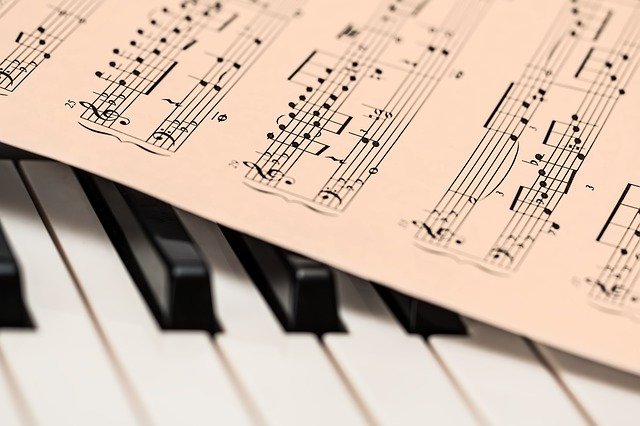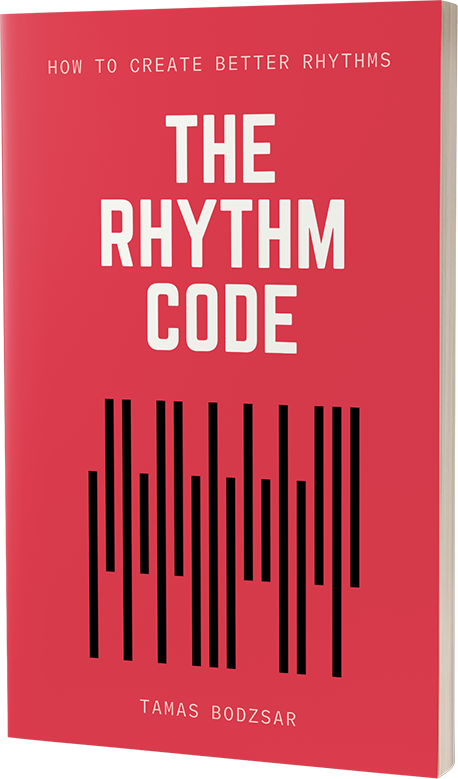
The phrase “music arrangement” can mean slightly different things, depending on what style of music we are talking about. Traditionally music arrangement meant taking a music composition and allocate the notes in a way that different instruments in an orchestra can play a small part. In this sense, the music arranger needed to find which notes will be played by which instrument.
In modern popular genres, the meaning of music arrangement is slightly different. If there is an acoustic band, arranging is mostly about finding a groove for the bass guitar (rhythm and notation), finding a drum beat, finding a rhythm for the guitar, or even arranging backing vocals or a horn section for the recording.
In EDM or EDM based songs, usually, there is a “producer” who creates a “beat” and there is a “top-liner” who writes a melody on that beat. By “beat”, we mean a drumbeat, a bass line, and a chord progression.
A music composition is nothing more than the combination of a melody AND a chord progression. A music composition can be arranged in many different ways. Think about cover songs where someone performs a song in a totally different genre than the original. For example, here is my salsa version of the Police song “Every Little Thing She Does Is Magic“.
The role of the music arranger is to create the final form of the music, whether if it’s for live performance or studio recording.
Sometimes the songwriter and the arranger are not the same people. Nowadays many songwriters hire a music producer, who creates the final form of the song.
Assuming you already have a melody and a chord progression for your song, let’s see what steps you need to make to arrange your music.
The style
You probably already have an idea what kind of style you want to choose for your song. The style is mostly determined by the instrumentation and the groove or the “beat”. For example, a distorted guitar sound is mostly used in rock music. Or if the piano plays a “montuno”, it will definitely sound Latin.
But you don’t have to stick with what is the traditional sound for that style. The band Red Hot Chili Peppers mix the style of rock and funk. The funk part mostly comes from their bass grooves. So you can always experiment with adopting elements from other genres.
If you listen to this song of mine, a arranged a funk-like groove for the bass in the second half of the song, even though our style is Cuban salsa: https://open.spotify.com/track/6AeEivJPmTxqeTTKTQiIN8
If you use seventh chords or even extended chords in your song, it will have a “smooth” or jazzy sound.
So nothing is written in stone, there are no rules! You can always experiment with these things, in fact, this is what will make your music more unique!
The most important elements
Almost all music arrangement is built up from three important elements (not counting the melody, which is the part of the composition):
– A drumbeat
– A bass line
– Some instrument playing the harmonies
Everything else is just extra, or “decoration”, no matter how sophisticated is that “extra”, the foundation of the arrangement is the drumbeat, the bass line, and something that plays the harmonies. Even if it’s a big band!
It’s not a coincidence that pop songs today literally use these elements: a drum beat, a synth bass, and some light synth to play the harmonies.
Start with a drumbeat
There are only two important sounds in drum beats: the kick (bass) and the snare. 99% of the time the snare plays on 2 and 4. Sometimes it’s not an actual snare drum, but it can be a clap or finger clap, or any similar sound. But really, in most popular genres, the snare (or the thing that substitutes the snare) plays on 2 and 4.
What does the kick or bass drum play? It’s up to what style of music you want to create. Listen to songs in your genre, and write down the rhythm of the bass drum from those songs! You can also steal kick drum grooves from other genres! I do it all the time.
Also, don’t afraid to experiment with the bass drum rhythm! You can use whatever you feel is good.
If you have the bass drum and the snare, you already have the foundation of the drumbeat. Everything else (like hi-hat) is only “decoration”.
Continue with the bass
You can continue the music arrangement by creating a bass line because it works closely with the drumbeat. Many times the bass is playing together with the bass drum. It means that sometimes they are playing the very same rhythm! Especially if there are only a few notes in the bass.
“It’s not a C chord unless the bass player says so” – Sting
The bass always plays the root note of the chords on the first beat! This is because the bass determines the chord!
The other most common note in the bass is the fifth chord tone. Other notes are only used very rarely, mostly if the bass plays a lot of notes and it’s melodic.
Add the chords
The next step is to add an instrument that will play the chords. In modern pop songs, it’s usually a very light, soft synth sound that plays this role.
But if your style is more traditional, and you are using acoustic instruments, it can be:
– acoustic guitar (acoustic pop music)
– electric distorted guitar (rock)
– a banjo (country)
– piano (Latin, jazz)
– organ (blues, soul, funk)
Extras
Depending on your style and genre, you can think about adding more instruments to your music arrangement. Though adding background vocals to your song is always a good idea, no matter what your genre is. I wrote a complete article on writing vocal harmonies.
If your style is funk, jazz, Latin, or ska/reggae, you can add a horn section to the band. However, you need to think about how many musicians you will be making the concerts with. It doesn’t make sense to arrange a complete horn section for your songs if you don’t have horn players in the band. People usually want to hear the songs the same way they know it from the studio recordings!
The secret pattern behind successful songs
Get the eBook for $4.99

